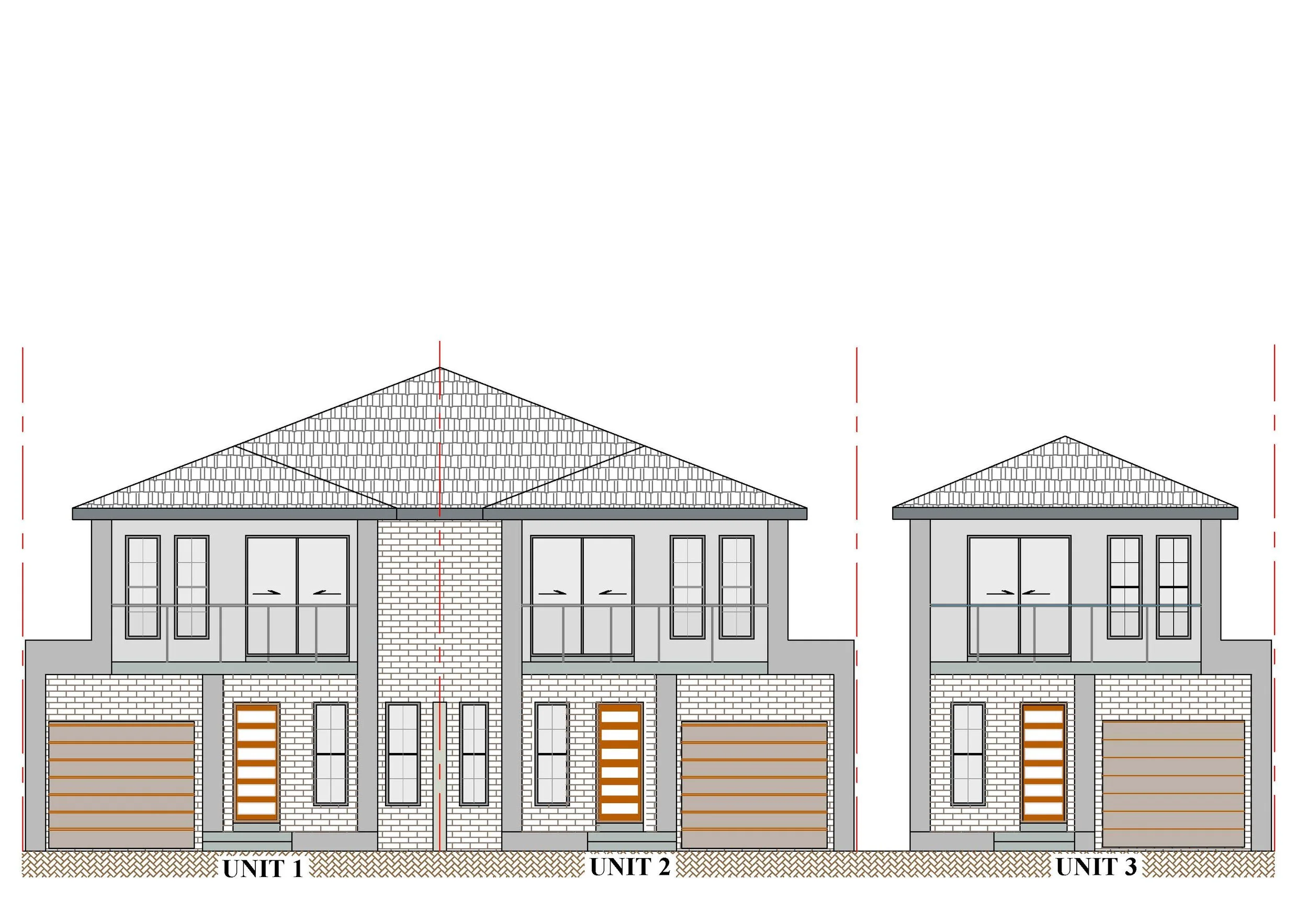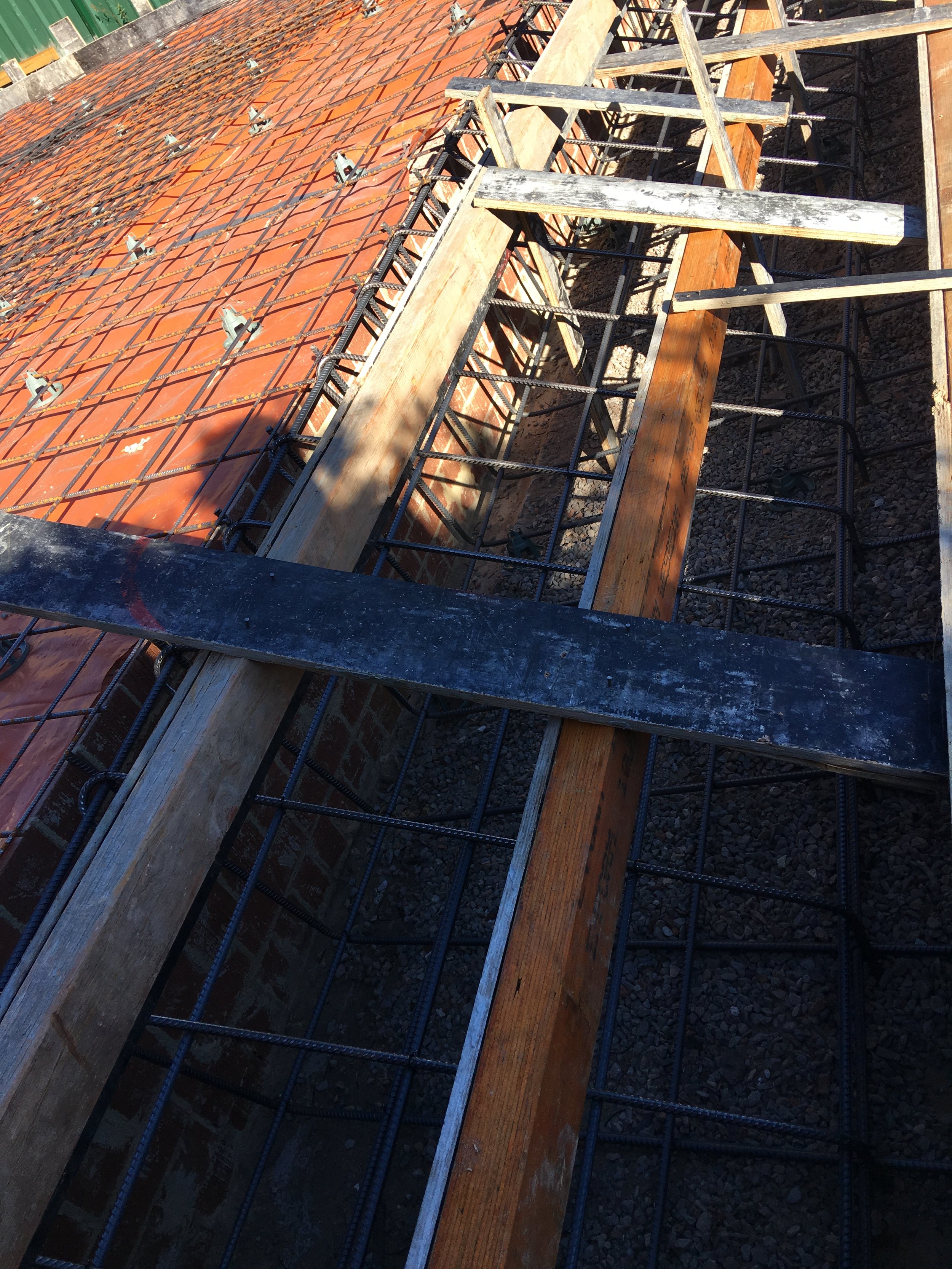Our services
-
A Complying Development Certificate is a fast-track approval for certain Developments under the State Environmental Planning Policies (SEPP). It comprises planning and construction approval all in one application.
-
A Construction Certificate (CC) is a certificate issued by a consent authority or Registered Certifier. A Construction Certificate allows for the building work to start on a project.
It is important for anyone who wants to start on a building project to understand what the purpose of the CC is and how the application process works.
The purpose of this Certificate is to ensure the following:
That the work you intend to carry out complies with the Building Code of Australia (BCA).
The design & construction work as described in the plans & the specification you submit is consistent with the development consent.
Any conditions of the development consent that have to be complied with and met even before you get the Construction Certificate.
Security/Bond payment is needed as a condition/s of consent provided.
Payment of contributions as required by the condition of consent.
Structural design and adequacy certification.
-
Before you start any approved building or construction work, you must appoint a Principal Certifier (PC) and then advise your local Council of the PC appointment.
The PC oversees the development’s construction phase and completes mandatory building inspections, known as critical stage inspections, to make sure that building standards are met.
Once building work has finished, the PC will complete final inspections and may issue the final Occupation Certificate if all requirements have been satisfied.
-
Under the requirements of the Environmental Planning and Assessment (Development Certification and Fire Safety) Regulation 2021, the certifying authority will need to undertake six (6) critical stage inspections as the building works progress. They are as follows:
After excavation for, and prior to the placement of, any footings/piers (The Footings/Piers Inspection).
Prior to pouring any in-situ reinforced concrete building element (The Slab Inspection).
Prior to covering any stormwater drainage connections (The Stormwater Inspection).
Prior to covering the framework for any floor, wall, roof or other building elements (The Frame Inspection).
Prior to covering waterproofing in any wet areas (The Waterproofing Inspection).
After the building work has been completed and prior to any occupation certificate being issued in relation to the building (The Final Inspection).
-
The Occupation Certificate (OC) authorises the occupation and use of a new building or part of a building. For staged works, a Part OC may be issued, which allows you to occupy the completed part of the building.
Depending on the particular OC sought, the Principal Certifier must be satisfied the development meets various regulatory standards. These generally include that:
Development Consent (Approved Development Application) is in force.
The design and construction of the building are consistent with the Development Consent.
Any pre-conditions set out in the consent or requirements of planning agreements have been satisfied.
A Construction Certificate (CC) has been issued.
The building is suitable for occupation (in accordance with its Building Code of Australia (BCA) classification).
-
SBC has more than 25 years of experience in the building industry, which qualifies us to provide informative and high-quality consultation in the Building Code of Australia and Planning Regulation for all types of Class 1 & 10 Developments.
Class 1 & 10 Developments: Dwellings - Single or Two Storey (New or Addition & Alteration), Secondary Dwellings (Granny Flats), Dual Occupancies/Townhouses or similar, Garages, Awnings, Carports, Swimming Pools or Retaining Structures.






